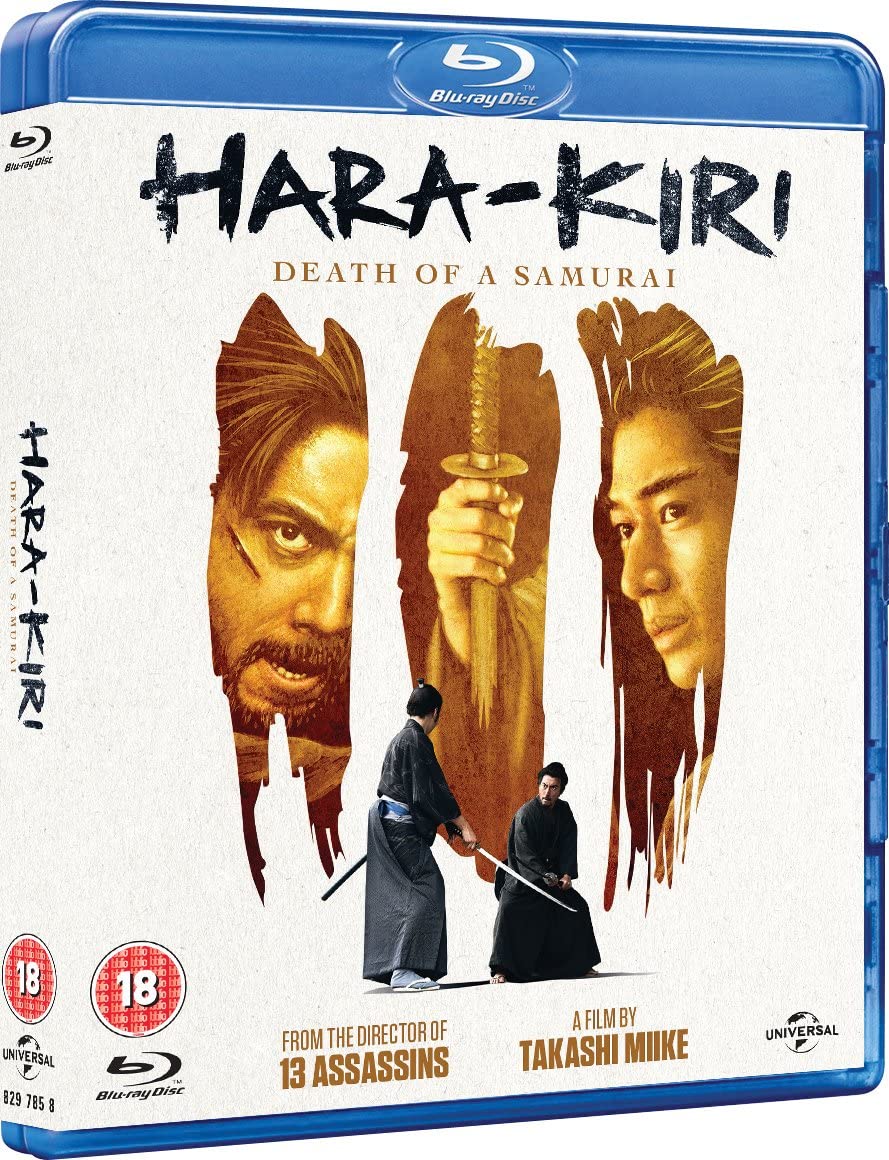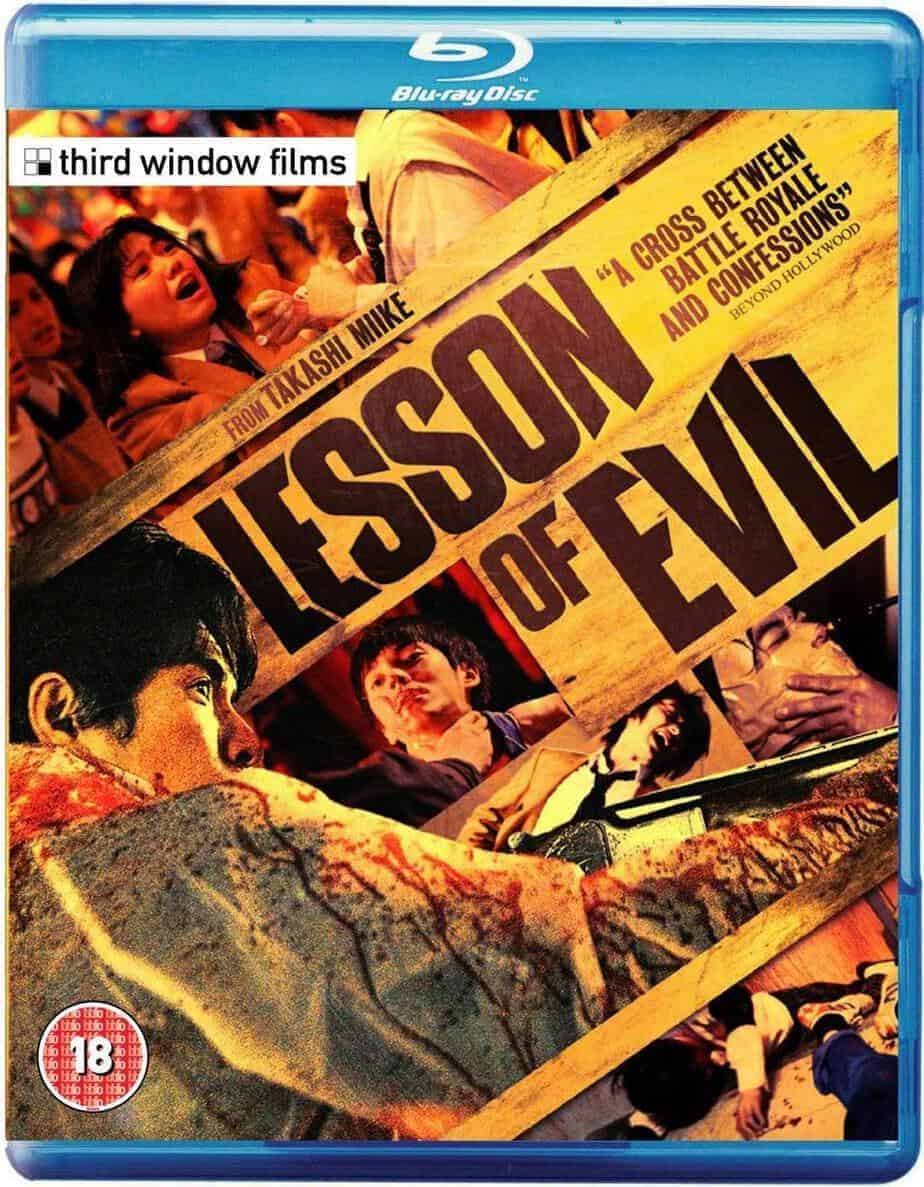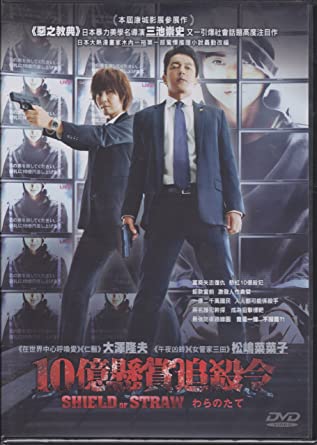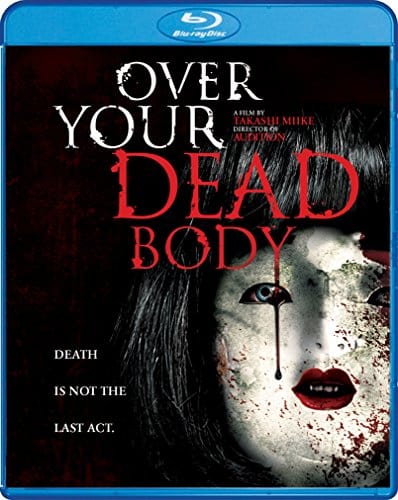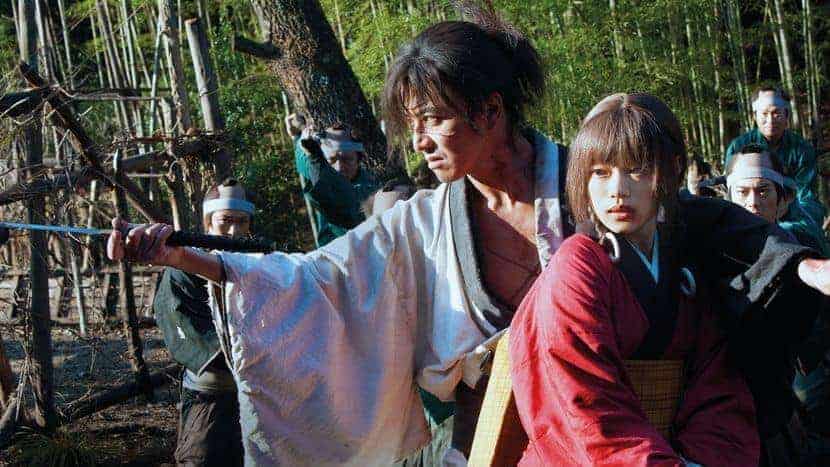81. Zebraman 2: Attack on Zebra City (2010)

The collage of different ideas that is usually the trademark of Miike's cinema finds one of its apogees in “Zebraman 2”, a film that manages to portray a pointy sociopolitical satire about 2010 Tokyo and Japan in general, while incorporating a number of absurd ideas and a more than delirious narrative. (Panos Kotzathanasis)
Buy This Title
on Amazon
82. Hara-Kiri: Death of a Samurai (2011)
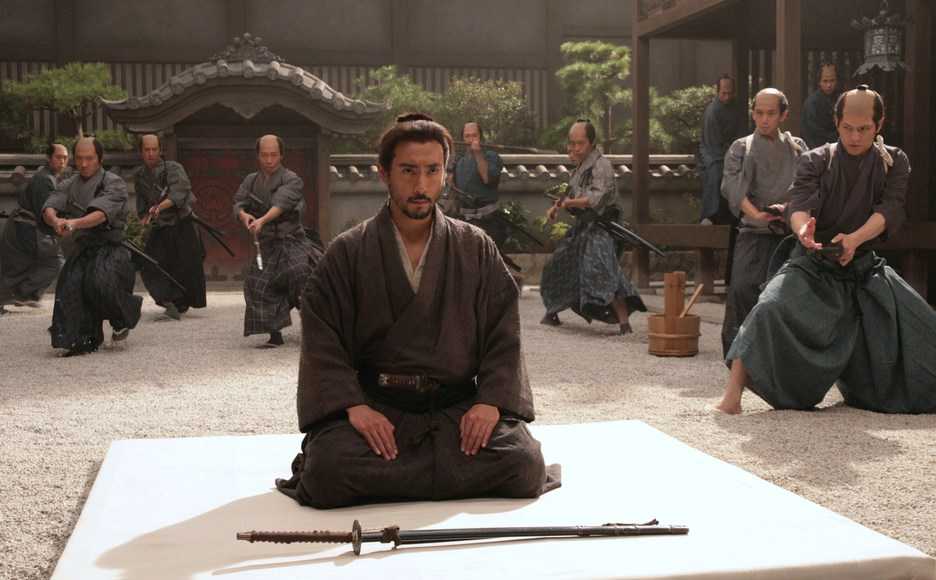
“Hara-Kiri: Death of a Samurai” is a strange concept to begin with: a 3D reimagining of a classic that is still held in high regard. For the uninitiated, Miike's film has a lot to enjoy, chief being the story that it carries from the original film and the novel that it was based on while giving it a lovely modern polish and some spectacular cinematography combined with a fantastic score. For those that know and adore the original, however, it might just feel like an exercise in futility. (Rhythm Zaveri)
Buy This Title
on Amazon
83. Ninja Kids (2011)
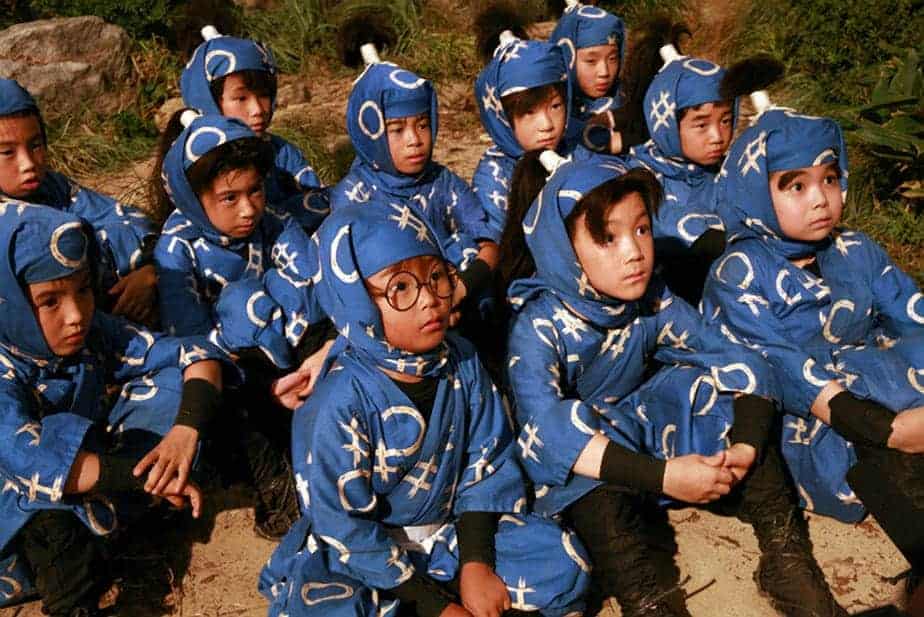
After a Hollywood-like intro, particularly through the combination of image and orchestral music, Miike's effort to present the story and particularly the characters as closely to the original, takes over. In that fashion, the film is filled with absurdity, slapstick but also disgusting humor (snot running, shit stepping, farting) and most of all crudity, which seems to be addressed almost specifically at children (particularly because it lacks any kind of layer or intricacy). The characters follow on the same footsteps, headed by Okawa, Yamada, Shina (a woman of non-discernible age that appears either as a very old lady or as a very beautiful young woman) the ninja-turned hairdresser, Yukitaka, and all the villains, who look hilariously ridiculous, again in slapstick fashion. (Panos Kotzathanasis)
Buy This Title
on Amazon
84. Q.P. Episode 1: Road Runner (2011)
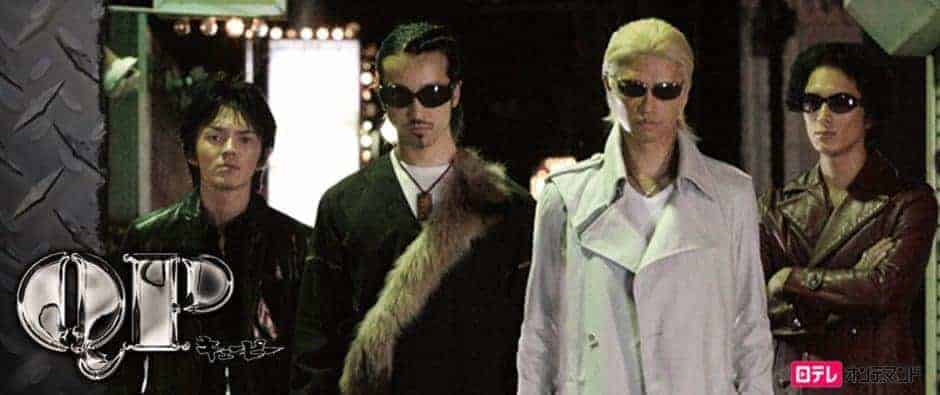
Takashi Miike takes care of the second part, directing a part that moves somewhere between “Ley Lines” and “Crows Zero”, with the main character pointing toward the second and the yakuza ones towards the first. The combination of jazz music, fast cuts and the few moments of bloody action, that actually function as a promise for more, work excellently for the narrative, retaining the interest for the whole of the almost 25 minutes. In that regard, we can easily say that Miike fulfilled his purpose of making the viewer wishing to watch more of the series. (Panos Kotzathanasis)
Buy This Title
85. Lesson of the Evil (2012)

Miike is a hard-working man and has made an astonishing amount of films during the last fifteen years. This sometimes makes some of his films feel like a smaller “inbetweener” compared to his other bigger productions that are mostly released in the same period. Lesson of Evil is surely one of the bigger films in the director's repertoire. It is a lush production displaying Miike's movie making skills, and will probably please fans of his earlier works before making lighter films like the above mentioned musical and children's movie. (Thor)
Buy This Title
on Amazon
86. For Love's Sake (2012)
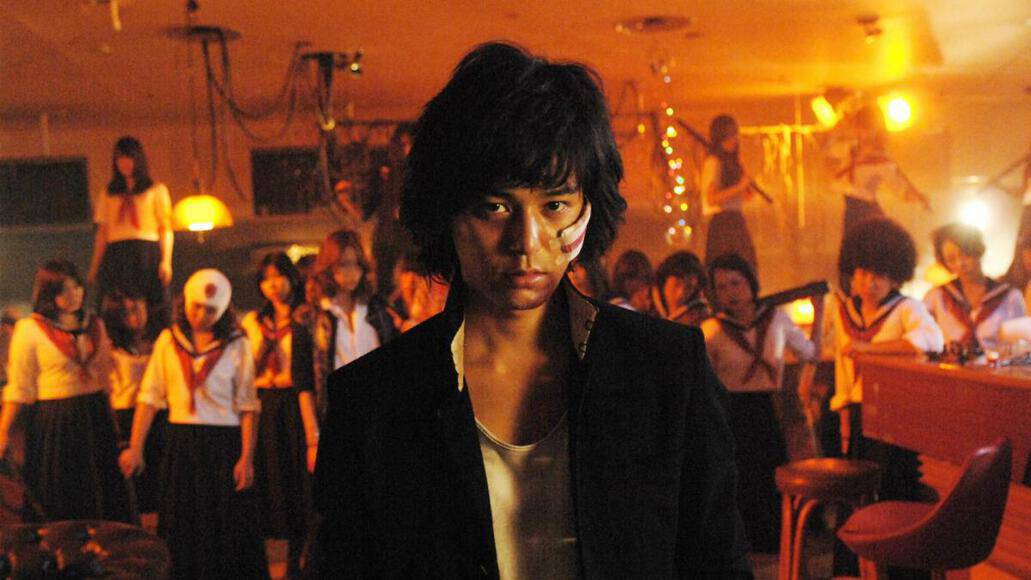
“For Love's Sake” is a distinct sample of the manga adaptations Miike has been turning up relentlessly during the last 10 years (give or take) and a very entertaining movie that will definitely satisfy all fans of his second phase. Tolerating, or even better, enjoying absurdity is a must, though. (Panos Kotzathanasis)
Buy This Title
87. Ace Attorney (2012)
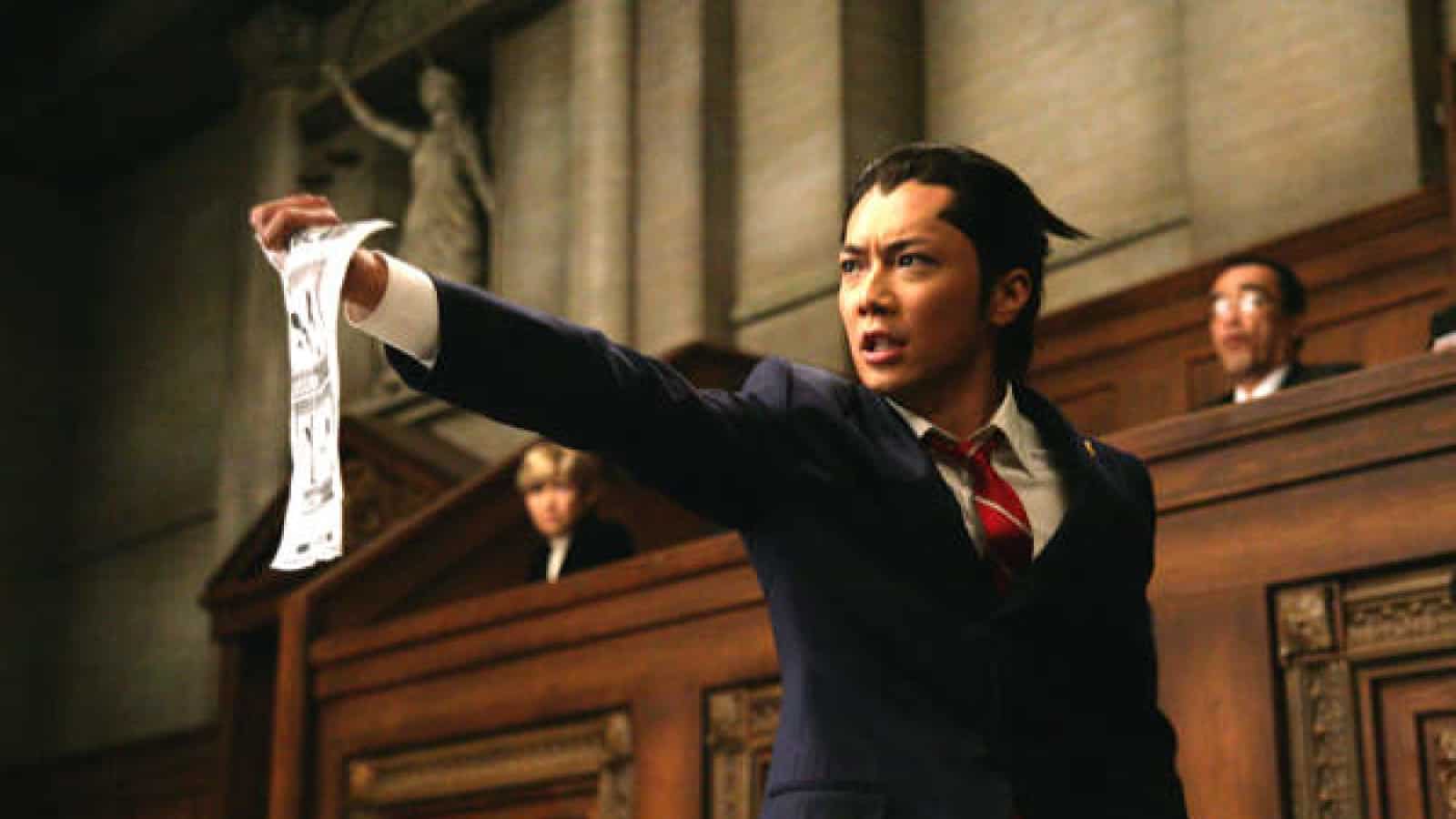
In the end, “Ace Attorney” is a very enjoyable courtroom drama and possibly, as many reviewers already said, one of the better video game-adaptations out there. Supported by great performances and visuals, this film provides great entertainment and drama as well as some of the most memorable courtroom arguments you have ever seen. (Rouven Linnarz)
Buy This Title
88. Shield of Straw (2013)

Technically the film is sound, with two sequences definitely standing apart. The first one takes place during Kiyomaru's transport with the police bus and the second one on the train. Both of them exemplify Nobuyasu Kita's cinematography and Kenji Yamashita's editing, as much as Kaori Ohtagaki's visual effects and Mao Asou stunts. However, the rest of the film is obviously on a lower level and the fact that it stretches for over 120 minutes does not help. “Shield of Straw” is not a bad film, and it can be very entertaining at times. Nevertheless, it could have been a masterpiece due to its script, if Miike knew what exactly what he wanted to do, the cast was better, and its length much shorter. (Panos Kotzathanasis)
Buy This Title
on Amazon
89. The Mole Song: Undercover Agent Reiji (2014)

Following the typical manga aesthetics, the film is garish, flamboyant and over the top camp; the action is relentless and adrenaline-fueled, one set-piece after another and the slapstick gags and jokes are genuinely silly-and-hilarious. “The Mole Song” doesn't try to be clever and audiences looking for hidden meanings and profound cogitations about the underworld will have to look somewhere else for that. In fact, “The Mole Song” is one of those unashamedly entertaining comedies, to be taken for what it is. A good thing that comes with the lightness of the plot is that it leaves mind-space for a full enjoyment of the other aspects of the movie, such as the bold and eclectic production design, the stunning hairdos and costumes (Papillon's suits are to die for) the yakuza's rituals, the lysergic color scheme and, not last, a barrage of silly gags. (Adriana Rosati)
Buy This Title
on Amazon
90. Over Your Dead Body (2014)
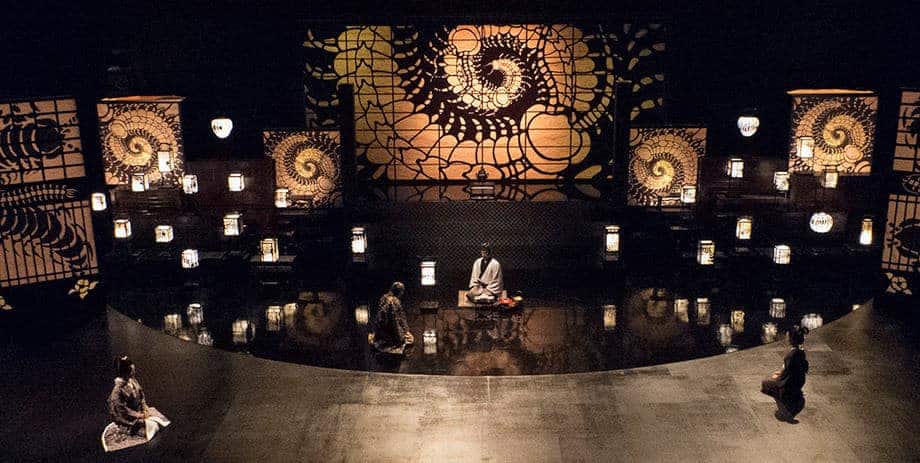
Horror though is usually achieved in films through sound, and “Over Your Dead Body” is a film that excels in that aspect, with the various sound effects making more horrific even the most violent scenes. Nobuyasu Kita.s cinematography is quite polished and dominated by dark and grey shades, that at moments reminded me of Tetsuya Nakashima's “Confessions,” in a rare tactic among the latest Miike's productions, which are usually filled with color. Kenji Yamashita's editing is also artful, maintaining the balance between the two “worlds” in a fashion that can be easily understood by the spectator, despite the constant mixture of fantasy and reality. (Panos Kotzathanasis)



